Kafkas Social Discourse
Kafkas Social Discourse
An Aesthetic Search for Community
Mark E. Blum
LEHIGH UNIVERSITY PRESS
Bethlehem
Published by Lehigh University Press
Co-published with The Rowman & Littlefield Publishing Group, Inc.
4501 Forbes Boulevard, Suite 200, Lanham, Maryland 20706
www.rowmanlittlefield.com
Estover Road, Plymouth PL6 7PY, United Kingdom
Copyright 2011 by Mark E. Blum
Cover image credit:
Slave Market with the Disappearing Bust of Voltaire
(1940) Oil on canvas
18 1/4 x 25 3/8 inches
Salvador Dal. Fundacin Gala-Salvador Dal (Artist Rights Society), 2006
Collection of the Salvador Dal Museum, Inc., St. Petersburg, FL, 2006
All rights reserved. No part of this book may be reproduced in any form or by any electronic or mechanical means, including information storage and retrieval systems, without Written permission from the publisher, except by a reviewer who may quote passages in a review.
British Library Cataloguing in Publication Information Available
Library of Congress Cataloging-in-Publication Data Available
ISBN: 978-1-61146-008-7 (cloth: alk. paper)
ISBN: 978-1-61146-009-4 (electronic)
 The paper used in this publication meets the minimum requirements of American National Standard for Information Sciences-Permanence of Paper for Printed Library Materials, ANSIINISO Z39.48-1992.
The paper used in this publication meets the minimum requirements of American National Standard for Information Sciences-Permanence of Paper for Printed Library Materials, ANSIINISO Z39.48-1992.
Printed in the United States of America
For Brenda
Preface
The Emperor, so it runs, has sent a message to you, the humble subject, the insignificant shadow cowering in the remotest distance before the imperial sun; the Emperor from his deathbed has sent a message to you alone. He has commanded the messenger to kneel down by the bed, and has whispered the message to him; so much store did he lay on it that he ordered the messenger to whisper it back into his ear again .... The messenger immediately sets out on his journey; a powerful, an indefatigable man; now pushing with his right arm, now with his left, he cleaves a way for himself through the throng; ifhe encounters resistance he points to his breast, where the symbol of the sun glitters; the way, too, is made easier for him than it would be for any other man. But the multitudes are so vast; their numbers have no end. If he could reach the open fields how fast he would fly, and soon doubtless you would hear the welcome hammering of his fists on your door. But instead how vainly does he wear out his strength; still he is only making his way through the chambers of the innermost palace; never will he get to the end of them; and if he succeeded in that nothing would be gained; he must fight his way next down the stair; and if he succeeded in that nothing would be gained; the courts would still have to be crossed; and after the courts the second outer palace; and once more stairs and courts; and once more another palace; and so on for thousands of years ...
Franz Kafka, An Imperial Message
KAFKA OFTEN SAW HIMSELF AS THIS MESSENGER, a recipient of a communication begun in past ages, who carries the message further. The message was the modernist project of invariant values to be thought and rethought in the changes of cultural milieus with their distinctive problems. Kafkas generation of writers and thinkers all sought reconceptualizations of their inherited disciplines. Kafka, more than many, knew that the rethinking must carry forward the message begun seemingly anew again and again by countless runners through the manifold generations of humanistic understandings. Each individual who hears the renewed message finds the locus of truth within its parameters, yet the knowing listener also realizes that he or she merely in the response to that message contributes to the multigenerational structure of which the message is but a moment.
The Great Wall of China, the story within which the Imperial message is articulated, testifies to such a multigenerational structure. The Great Wall of China was a massive project which whole populations constructed over time to provide a secure foundation for humankind, but, as Kafka adds, it could fail in its design, even as its predecessor the Tower of Babel (Kafka, 1970, 8788). Yet, the spirit of this effort is all that a human culture can undertaketo secure the foundations of everyday life upon the best known design, and these systemic designs even in their failings have enabled a civilizing progress. And, who having some cognizance of this possible ground for himself and others does not wish to be involved in such a project; indeed, having faith in and understanding of its intents and materials, who can avoid taking on this charge if in a position to accept it?
Kafka from the evidence of his earliest self-identity as a writer until his closing years understood himself and his generation of fellow-writers as having a cultural mission. In 1903 in a letter to Oskar Pollak, Kafka speaks of feeling a power in him that could be useful for the country. formulates the indebtedness of present thinkers and present problem-solving to the history of thinkers who made their own discourse possible:
The investigations of conic sections begun in ancient times by Archimedes and Apollonius were at first of purely theoretical, mathematical interest. Centuries later Kepler made their work applicable to astronomy, but again only because of a theoretical interest. Yet as a result of the investigations became of practical use, inasmuch as the progress made in astronomy did a great deal to forward navigation. The seaman who avoids a shipwreck by observing with precision the geographical latitude and longitude owes the fact that he is alive to theories which originated solely from a yearning for knowledge twenty centuries earlier.
Kafka, who wrote in his diary that he was either an end or a beginning expressed in this problematic his own belief in the foundations that he inherited, even as his mission was to augment the heritage with a new narrative design which could offer more insight into the issues of being human. First and last, whether a modernist or of a mind that lay the ground for some postmodern thinkers, Kafka wished to communicate his vision, his message to others. Kafka was concerned with the social discourse a writer could offer his milieu to stimulate personal reflection and social improvement.
Kafka understood human culture as Plato understood itessential values and categories of thought which now one generation, now another generation, drew upon to make their own differing right orders of life among others. Indeed, the Platonic wall of the Cave where forms are projected to offer the everyday realities we consume can be considered the model for Kafkas story The Great Wall of China, from which the above epigraph of the Imperial Message was taken. The models of reality formulated and reformulated by the culture-makers to be projected upon the cave wall were themselves but imitations of what a maker heard or saw in as proximate a knowing as possible within human language. Each model sought to improve its proximity to truth, yet, these imitations were themselves informed in their matter and design by the makers who came before. The delineaments of the models conformed in their structural fundaments to what was possible in conveying the truths that they sought to express. The truths of being human were invariant insofar as how and why we relate to one anotherPlato believed that as did Kafka. The best maker of these models was conversant with the structural fundaments in the strengths and weaknesses of all past efforts. Platonic Goodness that was the essence of all existence must be approximated in the frailty of language, but only our inherited insights in language are adequate to guide an individual in all his or her frailty. Goodness was what furthered the flourishing lives of all members of a community. Kafka read Plato in the original Greek and, as I will argue, integrated Platos notion of the state as founded within a range of invariant human relationships into his conception of the community in Das Schloss. The Great Wall of China is but one instance of a story by Kafka that takes up the theme of community in its need for cooperation and its misunderstandings.


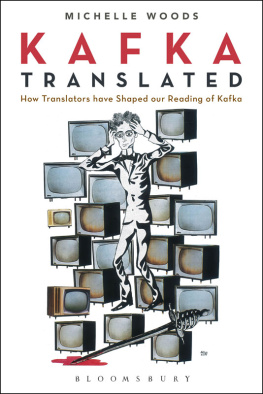
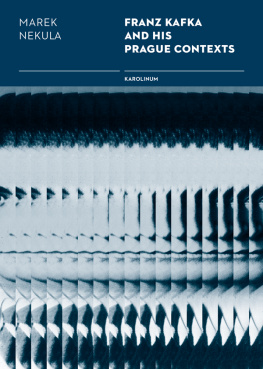
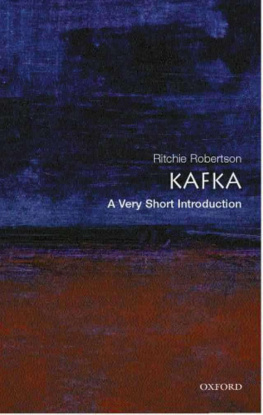

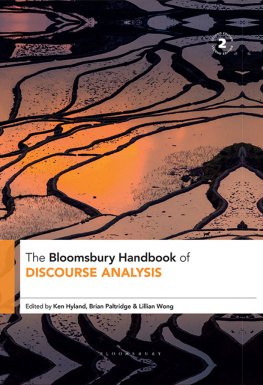
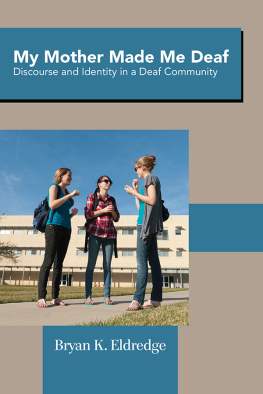

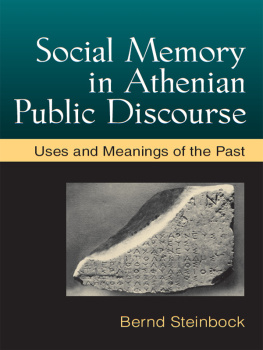
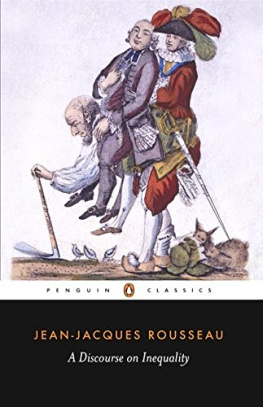
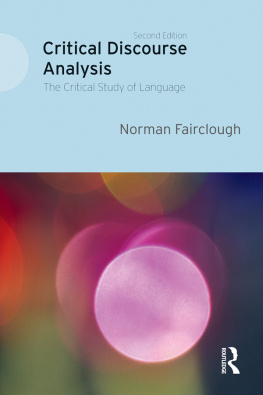


 The paper used in this publication meets the minimum requirements of American National Standard for Information Sciences-Permanence of Paper for Printed Library Materials, ANSIINISO Z39.48-1992.
The paper used in this publication meets the minimum requirements of American National Standard for Information Sciences-Permanence of Paper for Printed Library Materials, ANSIINISO Z39.48-1992.